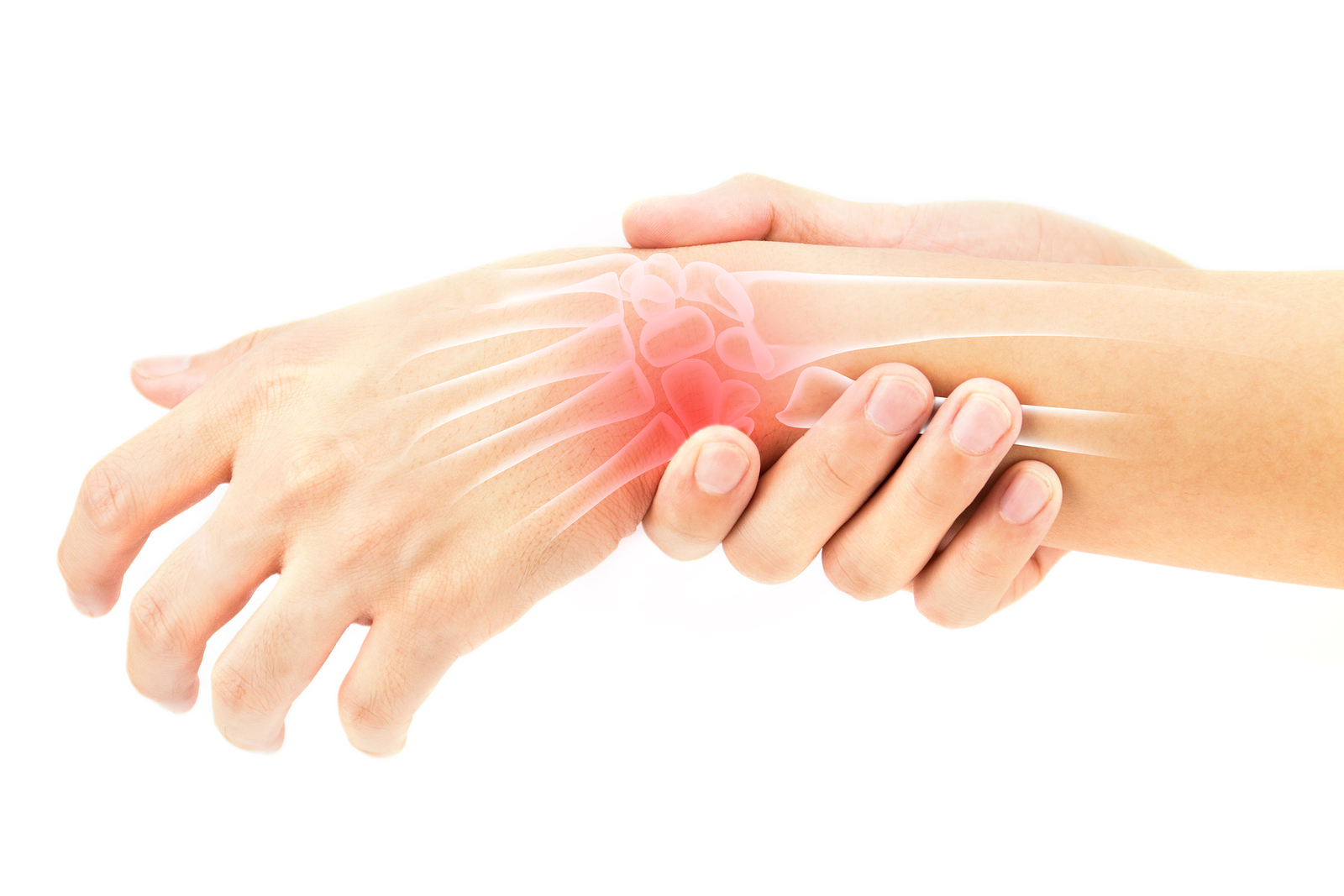
The aim of this study was to investigate vestibular function, foot sensation, postural control and functional abilities, and to evaluate whether these variables are associated with fall-related wrist fracture.
A case-control study was conducted with 98 subjects, age range 50–75 years, who had sustained a fall-related wrist fracture. Forty-eight sex-,
age- and physical activity-matched individuals, with no previous history of wrist fracture, served as controls. Measurements included: head-shake test (HST), tuning fork, biothesiometer, Semmes-Weinstein monofilaments (MF), Sensory Organization Test (SOT), Five-Times-Sit-to-Stand Test (FTSTS), 10-m walk test (10MWT), Activities-specific Balance Confidence (ABC), and the Dizziness Handicap Inventory (DHI) scales. Logistic regression models were used to determine associations of variables with a fall-related wrist fracture.
Vestibular asymmetry was apparent in 82% of wrist fracture subjects and 63% of controls (p = 0.012). Plantar pressure sensation (p <0.001), SOT composite scores (p < 0.001), 10MWT (p <0.001), FTSTS (p <0.001), ABC (p <0.001) and DHI (p <0.005) were significantly poorer among cases than controls. A positive HST (odds ratio (OR) 5.424; p = 0.008) and monofilament sensation (OR 3.886; p = 0.014) showed the strongest associations with having a fall-related wrist fracture.
Asymmetrical vestibular function and reduced plantar pressure sensation are associated with fall-related wrist fractures among the ageing population. These factors are potential targets for future interventions.
No comments:
Post a Comment